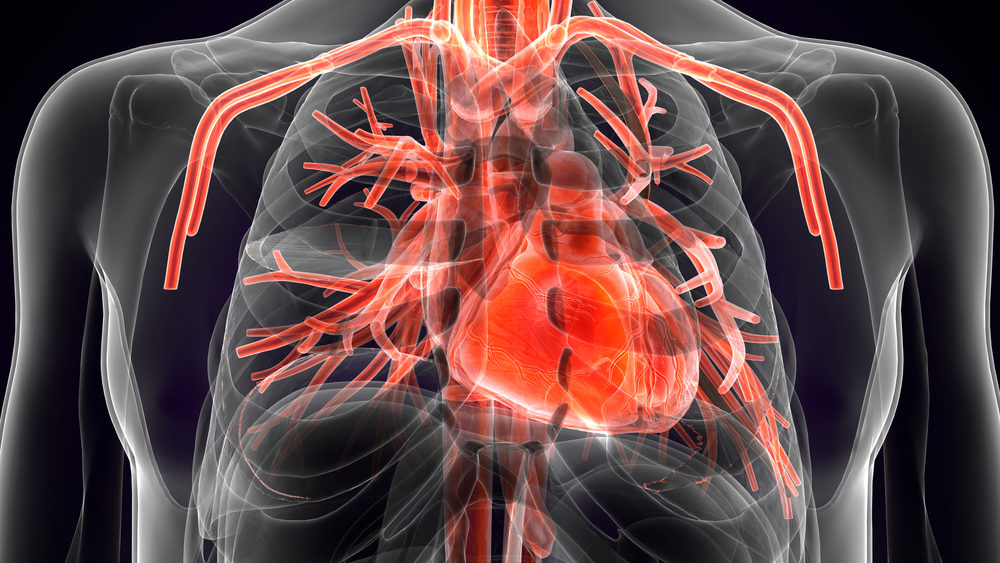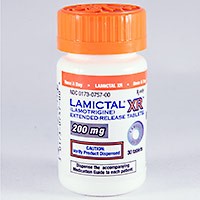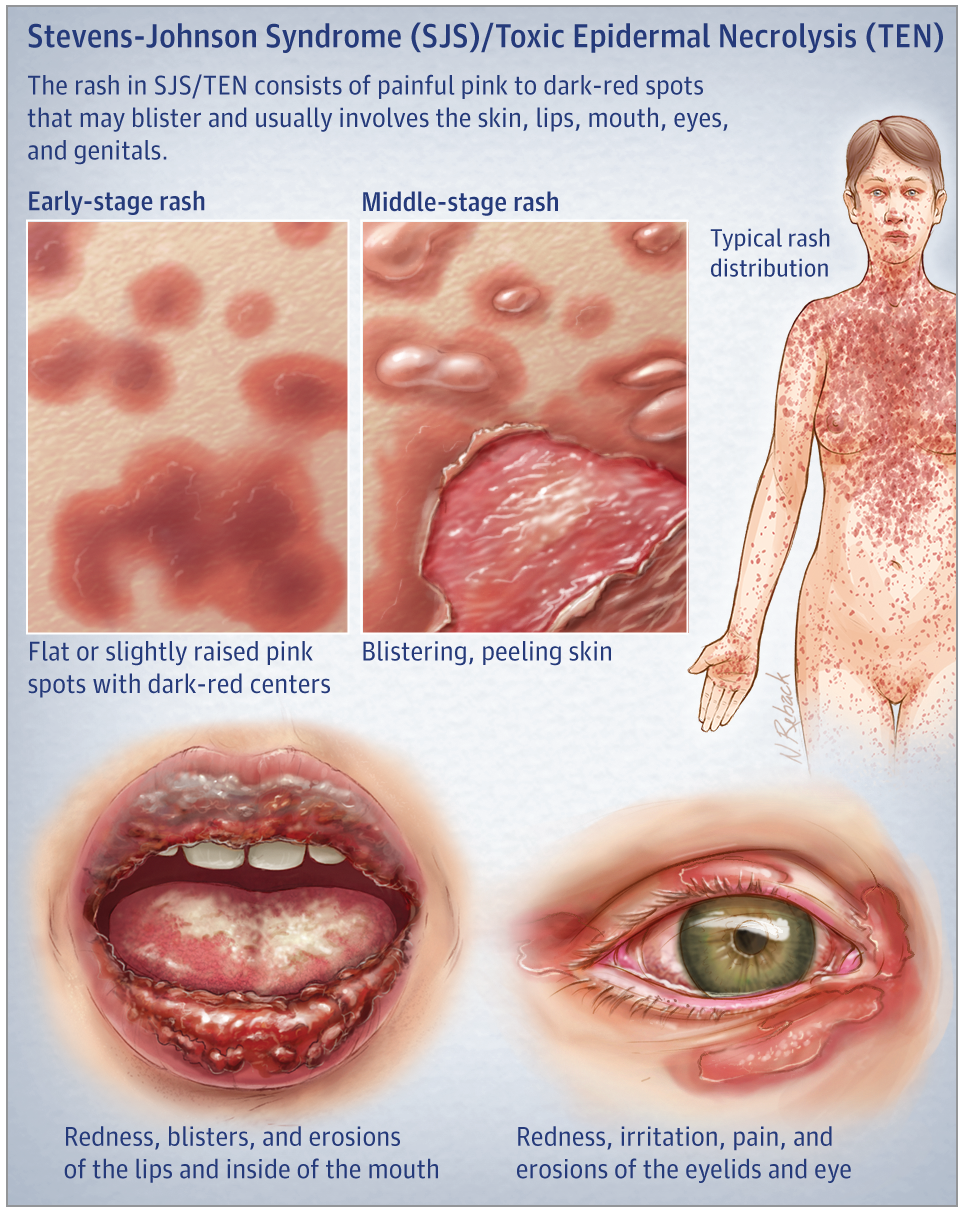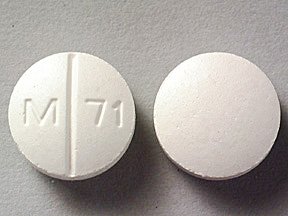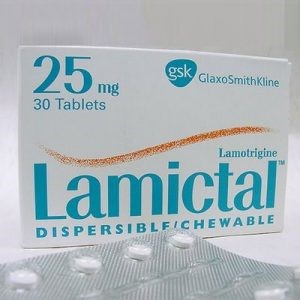In many instances, patients diagnosed with Stevens-Johnson syndrome (SJS) have sustained injuries caused or made worse by medical malpractice of physicians who are not properly trained or make medical errors in the treatment of this condition.
Recent literature sets out the standard of care for physicians treating SJS: After a diagnosis of SJS or symptoms indicating a strong suspicion for SJS, the physician must immediately remove the offending agent and transfer the patient to a burn unit, intensive care unit, or other center specializing in the treatment of SJS and Toxic Epidermal Necrolysis (TEN) as soon as possible. Any delay in treatment can lead to unnecessary pain and suffering for an SJS patient, as well as a potential medical malpractice claim against the responsible party.
Examples of Medical Malpractice Related to SJS
A patient who is not transferred to a burn unit or not provided specialty treatment soon after his or her diagnosis with SJS may have a claim for medical malpractice. Examples of malpractice related to SJS might include:
- Failing to diagnose SJS altogether or misdiagnosing it as a minor condition
- Discharging a patient with an SJS diagnosis (or indications that should have led to a diagnosis) from a hospital without offering further treatment
- Neglecting to order or delaying a consultation with a qualified dermatologist
- Failing to order wound care for the affected patient
- Failing to stop providing the patient with the medication believed to have caused the SJS
- Administering ointments or medications that are known to cause or exacerbate SJS
SJS and TEN are serious and potentially life-threatening medical conditions that typically require emergency care and hospitalization. Without prompt, immediate treatment, those who develop SJS or TEN may not have the opportunity to recover completely, or even at all. If you feel you may be a victim of injuries made worse by medical malpractice, our attorneys at Childers, Schlueter & Smith may be able to help you. Give us a call or head to our contact us page to leave us a message.
Other Stevens-Johnson Syndrome News
A study has found that survivors of Stevens-Johnson syndrome (SJS) have a higher risk of cardiovascular problems, specifically cerebrovascular accidents and ischemic heart disease, compared to the general population.
Medical negligence may contribute to Stevens-Johnson Syndrome (SJS) or Toxic Epidermal Necrolysis (TEN). Learn how drug errors, misdiagnosis, or lack of warnings could support a legal claim.
Lamictal has been linked to Stevens-Johnson Syndrome (SJS), a life-threatening skin reaction. Learn how improper prescribing or dosing may lead to serious injuries and legal action.
If you've been diagnosed with Stevens-Johnson Syndrome or Toxic Epidermal Necrolysis, it’s critical to act quickly and consult an experienced attorney to protect your legal rights and potential claim.
Allopurinol, a common gout medication, has been linked to Stevens-Johnson Syndrome—a rare but serious skin reaction that may require hospitalization and lead to long-term complications.
Improperly prescribed Allopurinol and Lamictal are leading causes of SJS/TEN. Learn how medical errors may have contributed to your injury—and why early legal action is essential.

